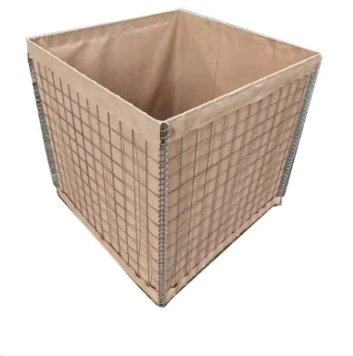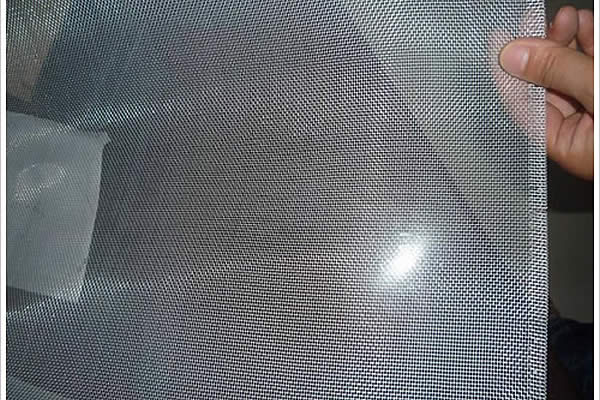Gabions have emerged as a versatile and efficient solution for retaining walls, offering practicality combined with aesthetic appeal. Combining both engineering prowess and economic feasibility, gabion retaining walls are fast becoming a preferred choice for various construction and landscaping projects.

The innovative use of gabions provides several advantages when constructing retaining walls. At their core, gabions consist of robust wire mesh baskets filled with natural stone or other similar materials. This composition is inherently suited for managing earth pressure while promoting natural drainage. The design is intrinsically stable and integrates seamlessly into various types of terrain, making it suitable for a wide range of applications from small scale garden landscaping to large infrastructure projects.
In terms of experience, multilayered projects worldwide have demonstrated the effectiveness of gabions as retaining walls. They have been successfully employed in numerous countries to stabilize eroded areas, prevent landslides, and even to create levees. Homeowners and contractors alike have adopted these structures for their durability and low environmental impact. Their ability to blend with the environment confers an added aesthetic value that often surpasses that of concrete or other more rigid retaining systems.

The professional expertise associated with gabion walls is key to their growing popularity. Engineers and designers appreciate their adaptability and ease of installation. The modular nature of gabions allows for customizable installations that can be adjusted according to specific site requirements. This modularity ensures that gabion walls can adapt to the natural contours of a landscape, providing a more organic look while maintaining structural integrity.
gabions as retaining walls
From an authoritative standpoint, numerous studies and field applications have confirmed the reliability of gabions in various environments. Research has shown that their permeability helps reduce hydrostatic pressure, thus minimizing the risk of wall failure. Furthermore, their ability to support plant growth over time contributes to the ecological stability of the site, enhancing environmental resilience and promoting biodiversity.
Trustworthiness is inherently reflected in the design and materials used for gabions. The galvanized or PVC-coated wire mesh used in their construction is designed to withstand various environmental conditions, extending the lifespan of the retaining wall. This longevity is complemented by the eco-friendly aspect of using natural stone, which minimizes the carbon footprint associated with manufacturing compared to more traditional concrete solutions. Moreover, the potential for using locally sourced stones further reduces environmental impact and supports local economies.
Furthermore, gabions offer a cost-effective solution without compromising quality or functionality. The ease of assembly significantly reduces labor costs and construction time. Maintenance is minimal, often only requiring the replacement of individual stones or sections of mesh rather than entire segments, which is the case with more traditional retaining walls. This efficiency in both initial construction and subsequent maintenance phases ensures gabions provide value for money over the lifecycle of the project.
In summary, gabions as retaining walls represent a harmonious convergence of function, design, and environmental consciousness. They provide a resilient and ecologically responsive means of earth retention. Given their proven track record in various environments, backed by professional expertise and trusted for their durability, gabion retaining walls continue to gain traction as a sustainable and practical solution in the construction industry. Whether employed in small-scale residential projects or expansive civil engineering endeavors, their benefits are manifold, aligning economic and environmental interests whilst ensuring performance and longevity.
 TEL:
+86-13102802206
TEL:
+86-13102802206
 Email:
fencenetting@china.com
Email:
fencenetting@china.com
 Language
Language
 TEL:
+86-13102802206
TEL:
+86-13102802206
 Email:
fencenetting@china.com
Email:
fencenetting@china.com
 Language
Language



